”Our customers are very satisfied with the solution we
selected. Furthermore, the reporting functions allow us
to maintain full control over what happens in the Claims Settlement Center. ”
Sandro Bisogno, Claims Area Manager at Groupama Claims Settlement Center
13 million customers, 34,000 employees, 130 years of history in 11 countries worldwide. This is Groupama, a major insurance group which originated in France and whose aim is to “help its customers at key moments in their lives, using highly specialized skills and experience.”
The Challenge
The Groupama Claims Settlement Centre in Rome wanted to provide its customers with a better organized, more satisfying and more engaging experience. As Mr. Bisogno, Claims Area Manager, explains, “Customers arriving at the branch had to wait to sign up in a register, manually entering data, taking a corresponding number for a given department and waiting their turn. The claims area is divided into three floors, each housing a specific department. For this
reason, the paper system for receiving and directing customers was inefficient and
laborious.”
The Solution
“Groupama is a company which pays a great deal of attention to its customers’ needs,” Bisogno continues. “To improve the experience at the Claims Settlement Centre, we therefore turned to Qmatic, a company that specializes in the Customer Experience.” To effectively connect Groupama customers with the correct services, the Claims Settlement Centre implemented Qmatic Orchestra, a platform that manages all contact points with the customer in an organic, flexible and personalized way. With Orchestra, the Claims Settlement Centre journey begins at the check-in (selfservice totem) where the customer can select the relevant department in a swift and intuitive manner. This check-in counter also displays relevant information about waiting times and directions (Wayfinding). During the waiting period, at each point of contact, Groupama Insurance continues communicating with customers, showing them videos, images and specific marketing messages via all of the available devices (display, monitors, touch screens, etc.). Branch managers can create and update their own media using a special playlist configuration screen. Through the Business Configuration system, Orchestra manages the user flow according to an automated procedure, optimizing the performance of its advisors who can then work at a suitable speed. At the same time, operators use a monitoring screen to view information about the flow of users in the queue. In short, whereas before they were “passively submitting to” the flow of customers, they now have full control over the situation.
The Business Intelligence module provides three different levels of data analysis for management:
KPIs updated in real time
Office performance analysis over a longer period of time
Comparative analysis based on “What if” scenarios

Results
With Qmatic Orchestra, Groupama has cut its user registration time by 40%, regained full control over all points of contact with customers, regulated the user flow via an automatic system and thereby improved the organization of labor for its employees. For Groupama Insurance, Qmatic Orchestra is both a marketing tool (Digital Signage) and a performance analysis tool. These functions are essential for identifying any corrective measures that may need to be taken and engaging customers in an increasingly effective way. “We will be extending Orchestra to other branches,” continues Mr. Bisogno.” The customer remains our priority, so we plan to expand our platform soon by adding a preappointment
calendar.”
THE PROJECT
GROUPAMA ASSICURAZIONI SPA,
Italian subsidiary of Groupama, a major insurance group with over 13 million customers in 11 countries around the world
SECTOR: Insurance
COUNTRY: Italy
DISTRIBUTION: 21 Claims Settlement Centers in Italy with 1.8 million customers
THE CHALLENGES
Improve the customer experience at the Claims Settlement Center
Reduce waiting times
Reduce pressure on employees
THE SOLUTION
Qmatic Orchestra Enterprise Platform
Digital Signage systems
Check-in Totem
Business Intelligence Module
MAIN ADVANTAGES
Customer waiting and admission times cut by up to 40%
Customers feel more satisfied and engaged
Option of carrying out detailed analysis of branch performance to monitor activity and implement any necessary corrective measures
Optimization of the working activities of relevant employees

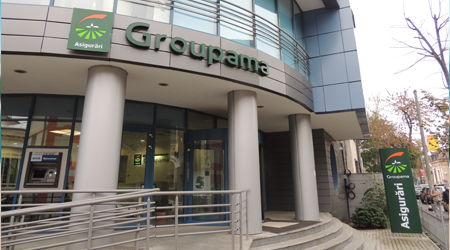




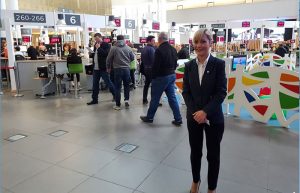
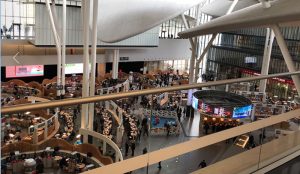
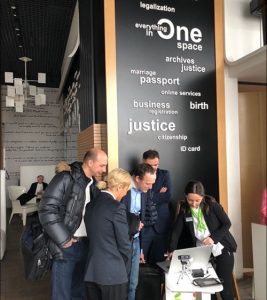

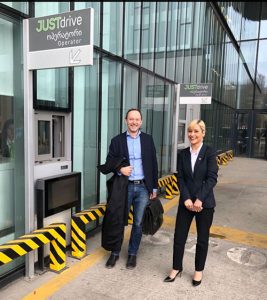


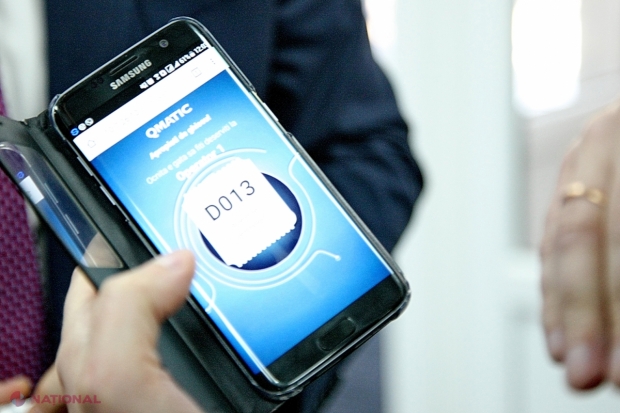
 The Public Services Agency launched a new electronic citizen management system on April 21st, based on the virtual e-ticketing line.
The Public Services Agency launched a new electronic citizen management system on April 21st, based on the virtual e-ticketing line.